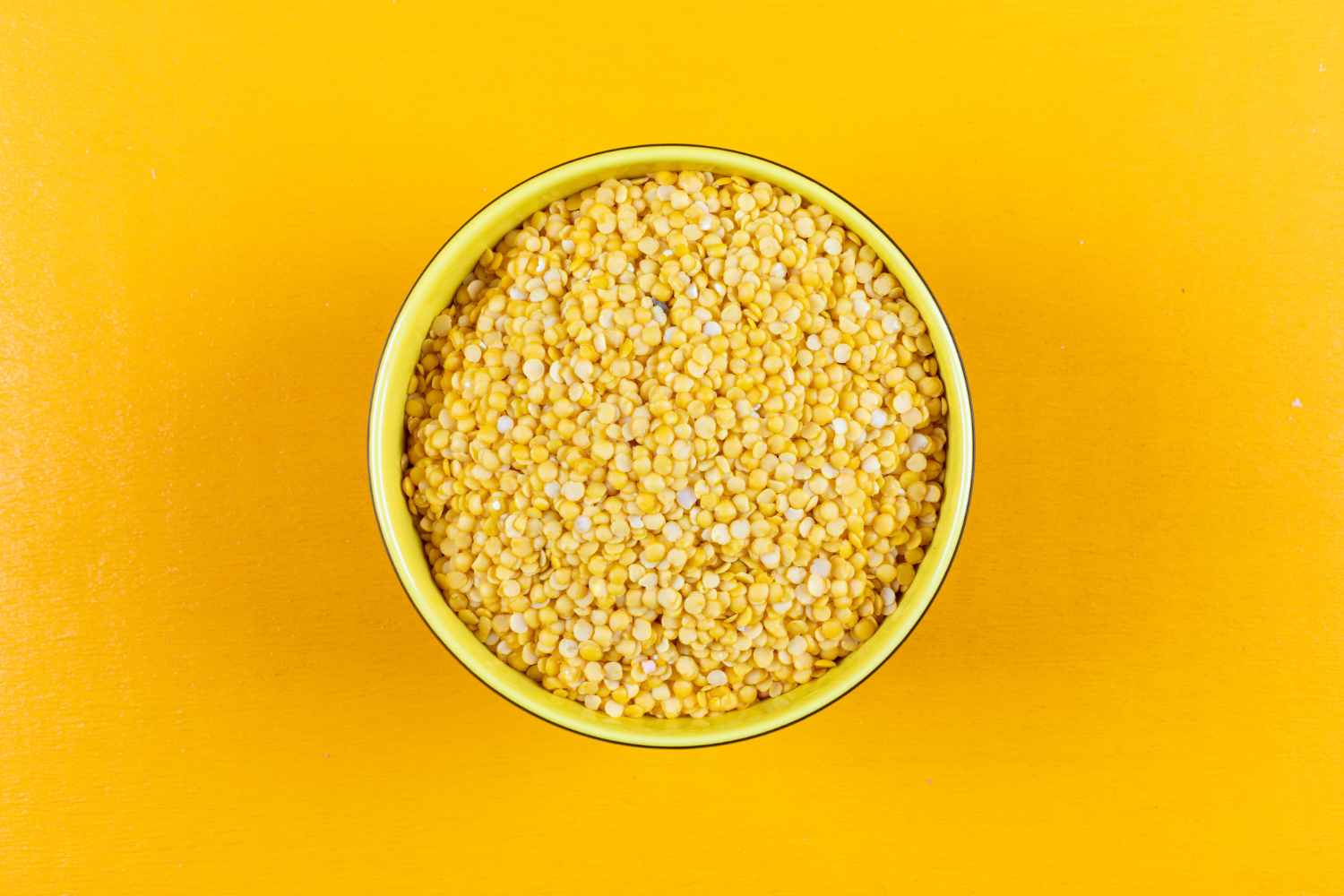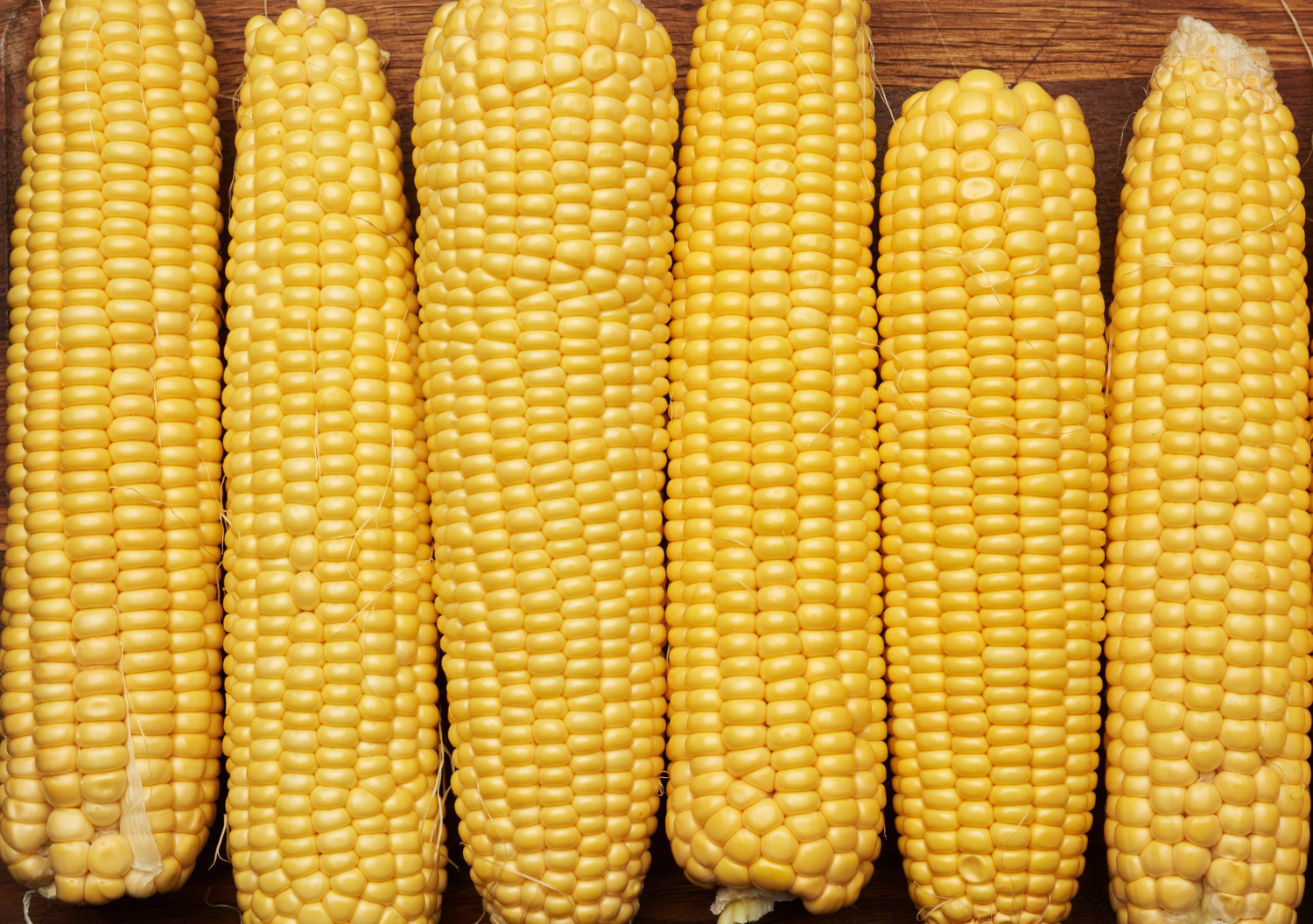Removing the seed of doubt from corn breeding
It takes one grain to contaminate a seed lot. That renegade individual haunts corn breeders because kernels, with their semi-firm structure, easily get stuck between machine parts if seed processors are not careful.
But the irony with hands-on, manual processing is that you miss the details. As workers are busy handling the grains and operating the equipment, their focus shifts away from the process. After all, we are only human. Thankfully, machines are better at performing mechanical functions.

Automation reduces errors
Advanced technology is intelligent enough to handle grains accurately. Whether it’s adjusting the threshing speed or reducing moisture to a precise level, sorting kernels by grade, or pelleting the corn uniformly, machines are designed to deliver superior results every time.
“It’s not a machine versus human situation, but machine versus process,” observes Lawin Saleh from Seed Processing Holland. “Both compete for the operators’ time and attention.”
Humans are better at monitoring the process and assessing efficiency. By concentrating on the broader picture, operators can address problems swiftly and anticipate potential issues. More importantly, they are able to identify areas for finetuning.
Data improves performance
The role of the modern operator is to manage the interplay between technology and process. Data provides a firm grasp on the behavior of the machines and the outcomes of the steps.
Workers should not have to choose between operating the machine and overseeing the process. The power of analytics is that it allows humans and technology to “speak the same language,” as Lawin puts it. Technology does its job according to the recipe, but a layer of data generates the feedback workers need to maximize the flow.
Automated lines limit the room for mistakes, but data goes one step further and finds new ways to increase yield. By taking a step back, operators gain greater control over the process, and breeders can be confident of a quality lot every time.

